"Subbed or Dubbed: Analyzing the Pros and Cons of Different Anime Viewing Styles"

Anime, the vibrant and often breathtaking medium from Japan, has crossed oceans and cultural barriers to captivate audiences worldwide. Whether it's the adrenaline-pumping action of "Shonen" or the heart-wrenching drama of "Shojo," anime has something for everyone.
But as fans settle in with their Pocky and Ramune, a choice looms before them, one that divides households and sparks debates as fiery as a Dragon Ball character's final form: to watch anime with subtitles (subbed) or with voiceovers in another language (dubbed).
This decision is not merely about linguistic preference; it's a gateway to how one experiences the rich tapestry of stories anime has to offer.
So, grab your Konoha headband or don your Survey Corps cape, as we dive into the spirited discussion of subbed versus dubbed anime, where the only thing more intense than the on-screen action is the fans' opinions on how to watch it.
Introduction
The Dubbed vs Subbed Debate: Choosing the Best Anime Viewing Style
The choice between subbed and dubbed anime often boils down to personal preference, accessibility, and cultural appreciation. While some viewers swear by the authenticity of subbed anime, others find dubbed versions more accessible and convenient. Regardless of what side of the debate you're on, it's important to understand the impact your choice could have on your overall anime-watching experience.
Understanding the Impact of Language on Anime Watching Experience
Language plays a crucial role in capturing the essence and details of an anime series. It not only conveys the storyline but also helps in character development and setting the mood for various scenes. Therefore, the choice between dubbed and subbed versions can significantly influence how you perceive and enjoy the show.
Dubbed Anime Viewing
Pros of Dubbed Anime: Accessibility and Multitasking
Accessible to Non-Japanese Speakers
Dubbed anime is particularly beneficial for those who do not understand Japanese. By replacing the original audio with a voiceover in a familiar language, it eliminates the need to read subtitles, thus allowing the viewer to focus solely on the visual elements of the anime.
Easier to Follow Along for Casual Viewers
For casual viewers or those new to anime, dubbed versions can make the content easier to digest. The translation and localization efforts involved in creating dubbed anime aim to cater to a wider audience by making the narrative, jokes, and cultural references more relatable.
Allows Multitasking and Visual Appreciation
With dubbed anime, viewers have the freedom to multitask without missing out on the dialogue. It also allows them to fully appreciate the animation and visual artistry as their attention isn't divided between reading subtitles and watching the screen.
Cons of Dubbed Anime: Voice Acting Quality and Localization
Dubbed Voice Acting Quality and Authenticity
One major critique of dubbed anime is the potential inconsistency in voice acting quality. The process of dubbing requires matching lip movements with translated dialogue, which may sometimes result in unnatural sounding speech or altered character personalities.
Localization and Cultural Changes
While localization makes anime more accessible, it may also lead to changes in the original content. Certain cultural nuances, idioms, or jokes might be lost or modified during translation, resulting in a different viewing experience than the original version.
Limited Availability and Dubbing Delays
Not all anime series get dubbed, limiting the options for dubbed anime fans. Even when they do, the dubbing process often takes time, meaning fans may have to wait longer to watch the latest episodes.
Subbed Anime Viewing
Pros of Subbed Anime: Original Voice Acting and Cultural Authenticity
Preserves Original Voice Acting Performances
Subbed anime retains the original voice acting performances, which many argue convey the emotions and personalities of the characters more accurately. The voiceovers in the original language often reflect the nuances and inflections intended by the creators, delivering a more authentic viewing experience.
Maintains Cultural Nuances and References
Subtitles offer a literal translation of the original dialogue, preserving cultural references, idioms, and humor that might otherwise be lost in dubbed versions. This allows viewers to gain a deeper understanding of the story and the culture it represents.
Simultaneous Release with Japanese Broadcast
Subbed anime typically gets released simultaneously with the original Japanese broadcast, allowing international fans to stay up-to-date with the latest episodes.
Cons of Subbed Anime: Reading and Distractions
Difficulty in Keeping Up with Dialogue and Action
Watching subbed anime requires constant reading, which can be challenging for fast-paced shows with heavy dialogue. It might also be difficult to keep up with the action on screen while reading subtitles.
Potential Distractions from Reading Subtitles
Reading subtitles can potentially distract viewers from fully appreciating the visuals and animations. This is particularly true for action-packed series where every frame is filled with detail.
Exclusion of Non-English Speaking Audience
Most subbed anime are translated into English, which might exclude non-English speakers from enjoying the content. Unlike dubbed versions that are available in multiple languages, the reach of subbed anime is comparatively limited.
Controversy of the Debate
The controversy surrounding the subbed versus dubbed anime debate often centers on issues of authenticity, accessibility, and cultural representation.
Advocates for subbed anime argue that it preserves the original voice acting and nuances of the Japanese language, which are crucial for a genuine experience, while critics claim that the necessity to read subtitles can detract from the visual spectacle of anime.
On the other hand, proponents of dubbed anime emphasize its accessibility for those who do not speak Japanese and the ability to fully engage with the animation without the distraction of subtitles.
However, opponents of dubbing criticize the potential loss of original context and the quality of voice acting, which might not always capture the characters' true essence as intended by the original creators.
This debate is further complicated by the fact that preferences are subjective and influenced by individual experiences with language, culture, and media consumption habits. Thus, the subbed versus dubbed argument remains a passionate and unresolved discourse within the anime community.
Conclusion
Considering Your Preferences: Choosing the Best Anime Viewing Style
Your choice between subbed and dubbed anime should ultimately depend on your individual preferences and viewing habits. If you value accessibility and convenience, dubbed anime might be the way to go. But if you prefer authenticity and cultural nuance, subbed anime would be a better fit. Remember, there's no right or wrong answer here - the goal is to enjoy your anime watching experience, regardless of the format.
Embracing Diversity and Enjoying Anime in Various Formats
In conclusion, both subbed and dubbed anime have their merits and demerits. Each offers a unique viewing experience that caters to different preferences and needs. So why limit yourself to one format? Experiment with both styles and embrace the diversity of anime. After all, at the end of the day, the love for anime transcends language barriers. Happy watching!




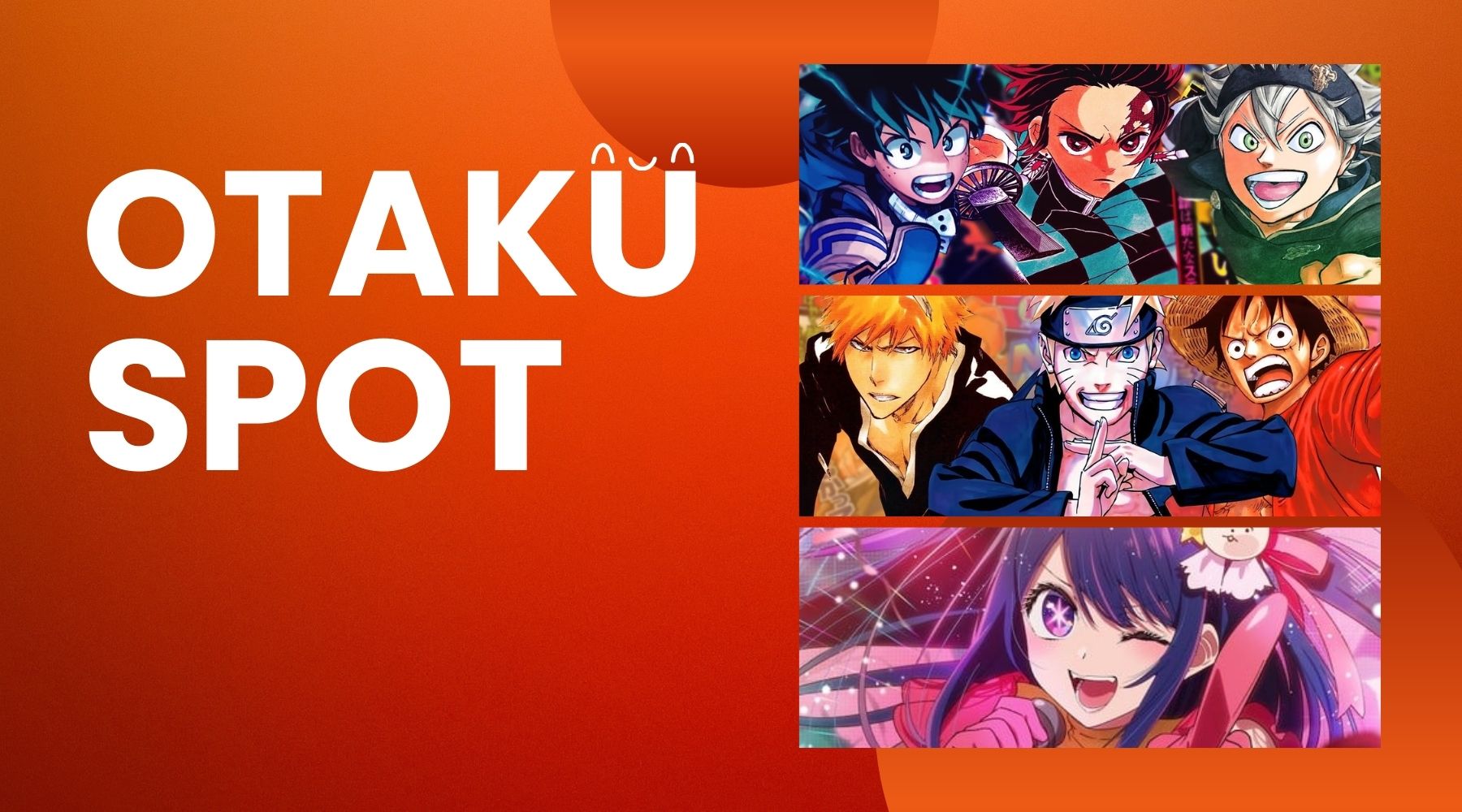
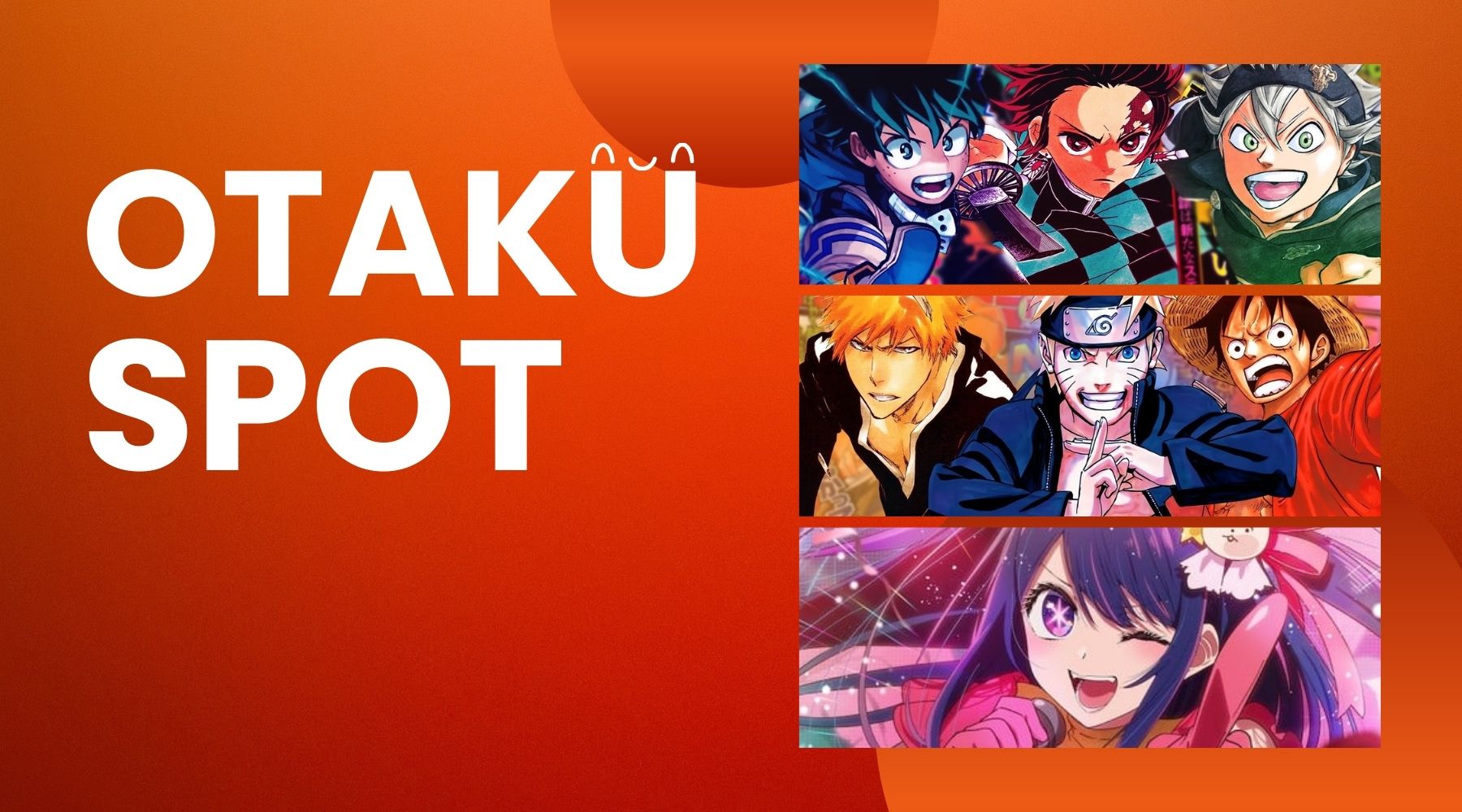
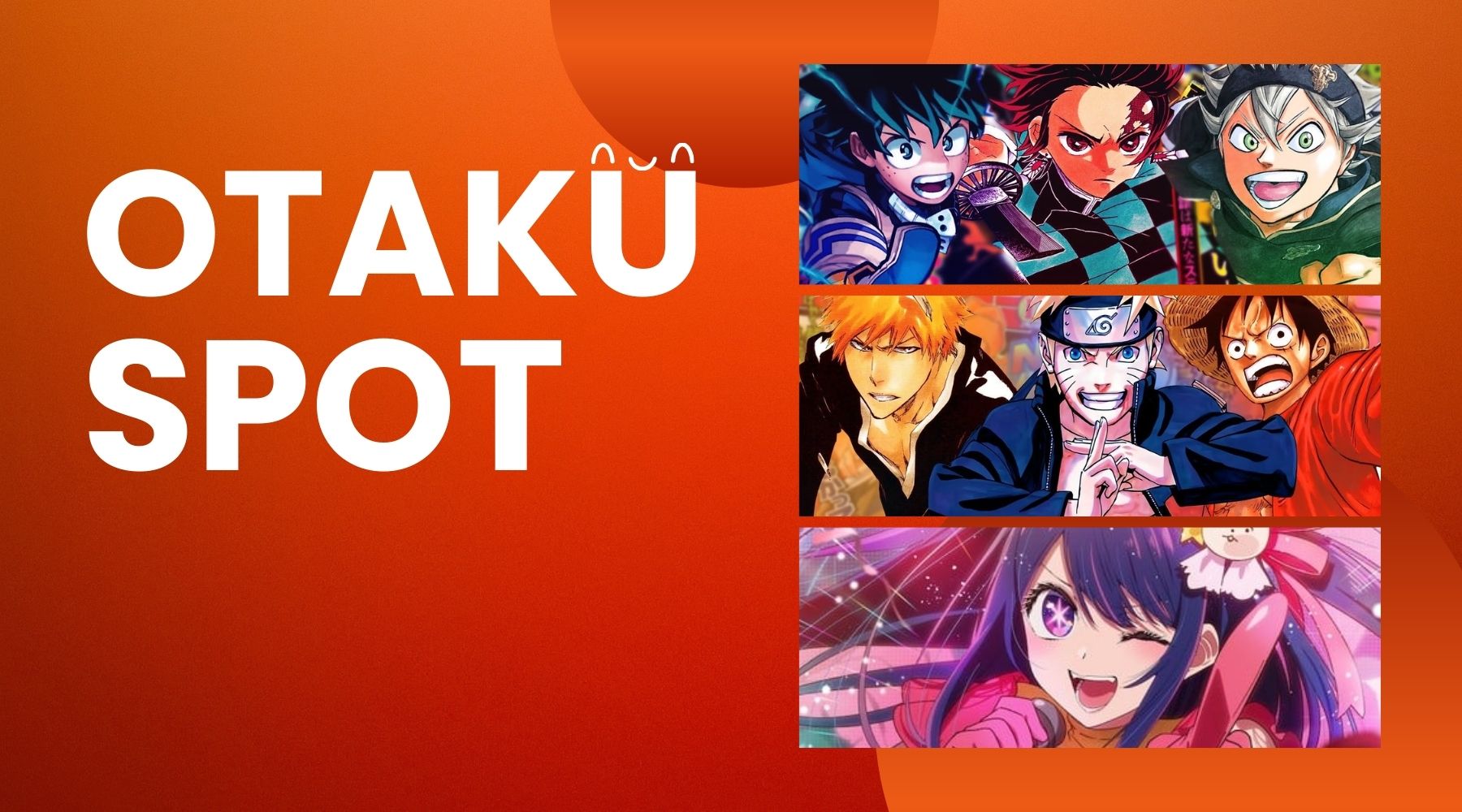
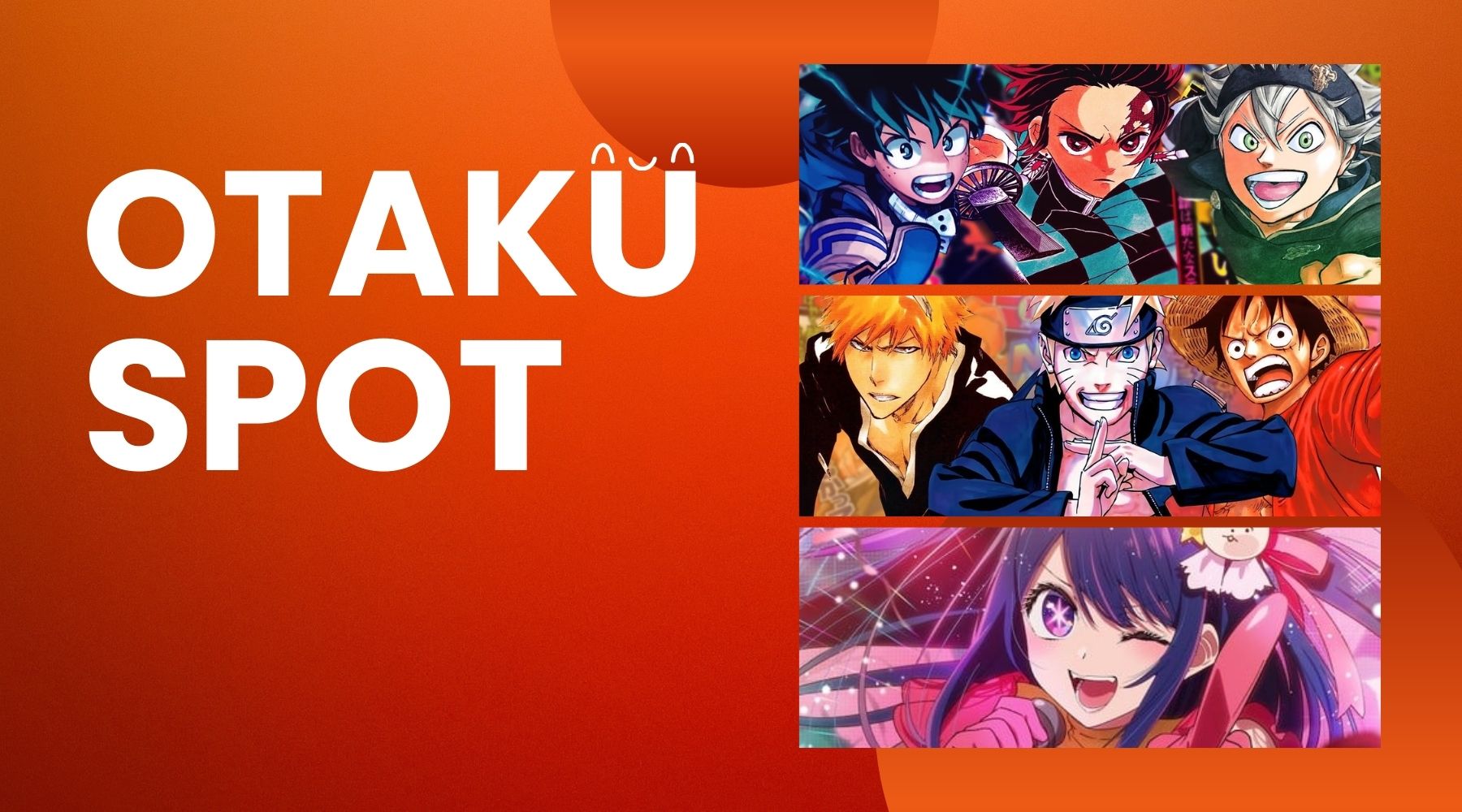
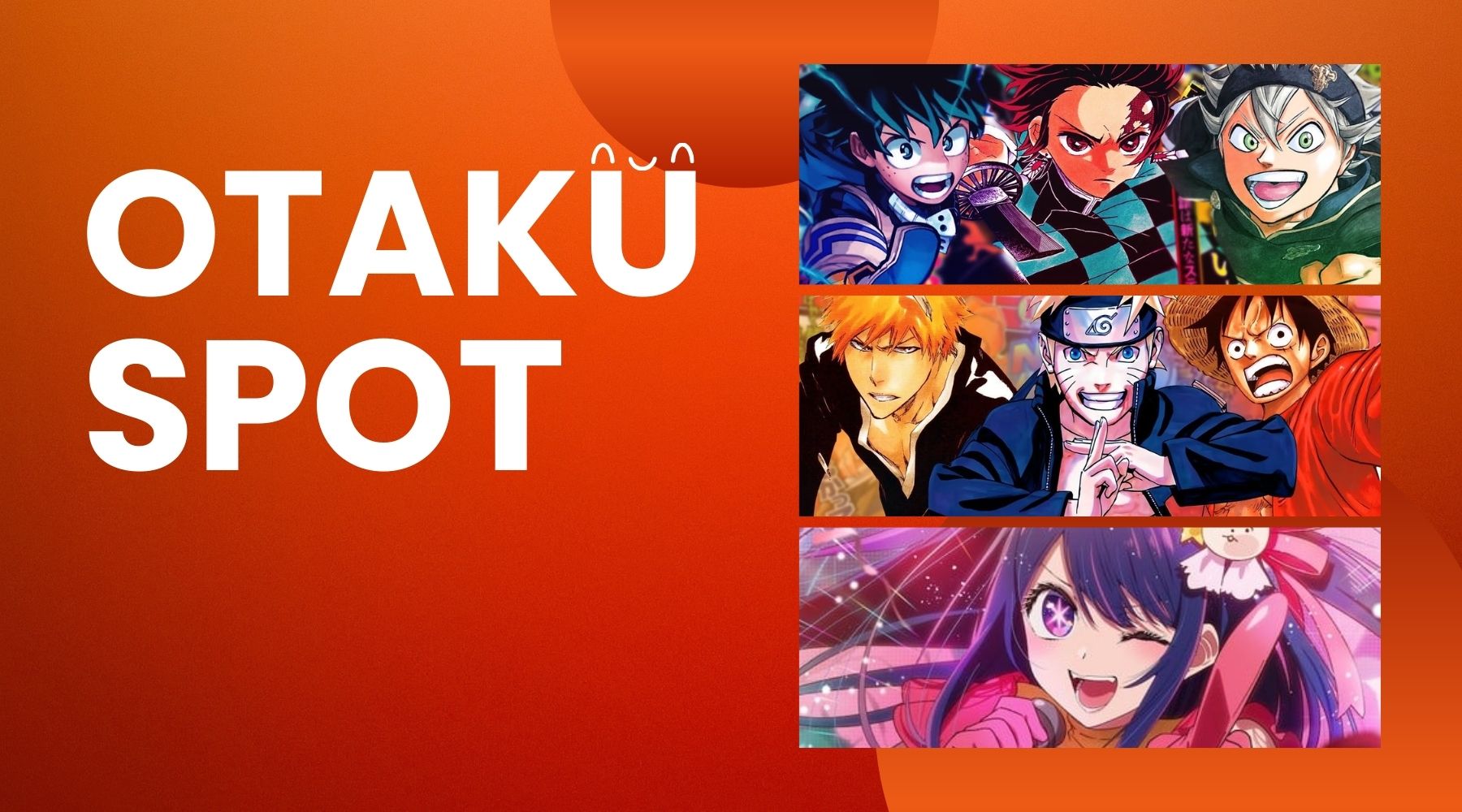
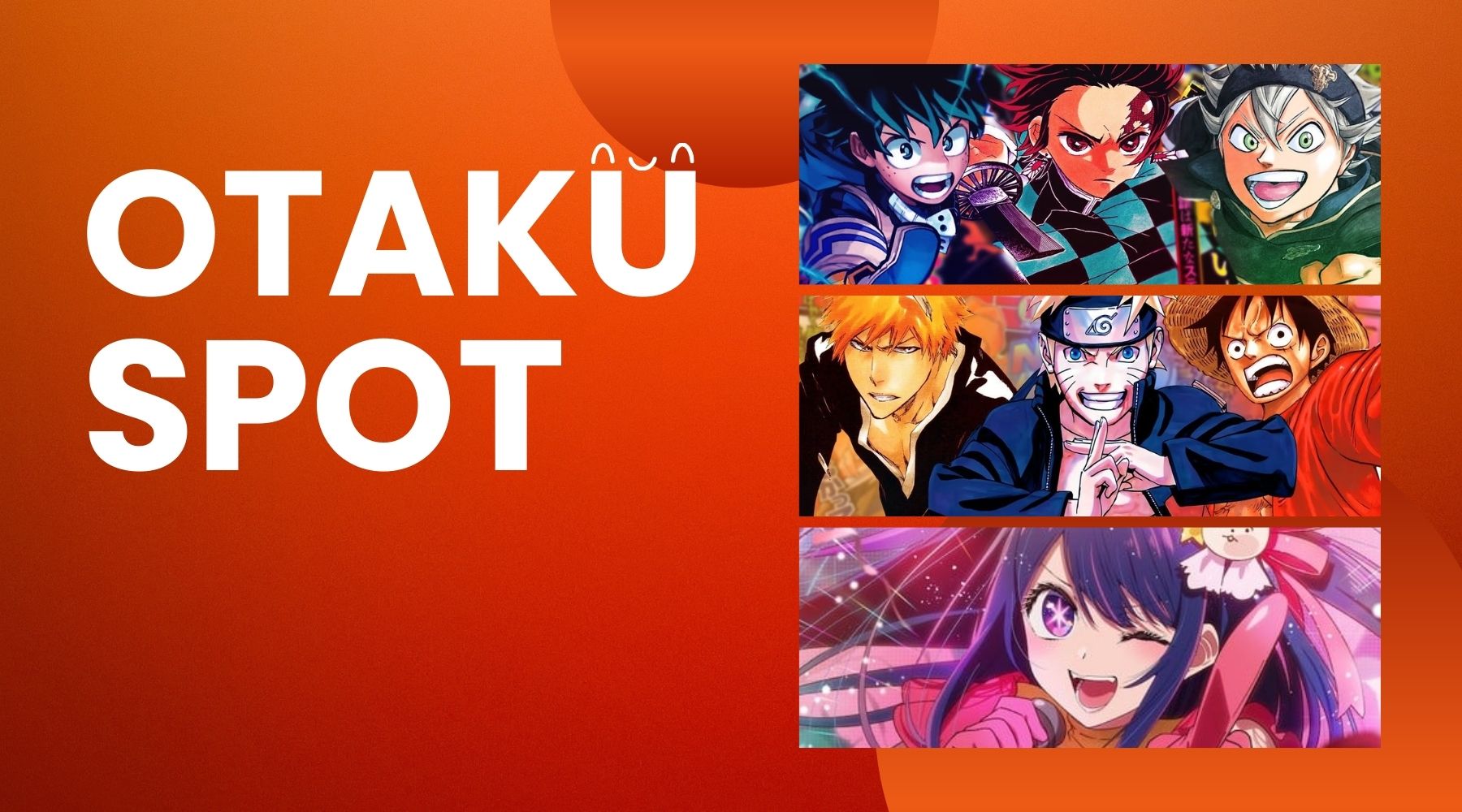
































Dejar un comentario